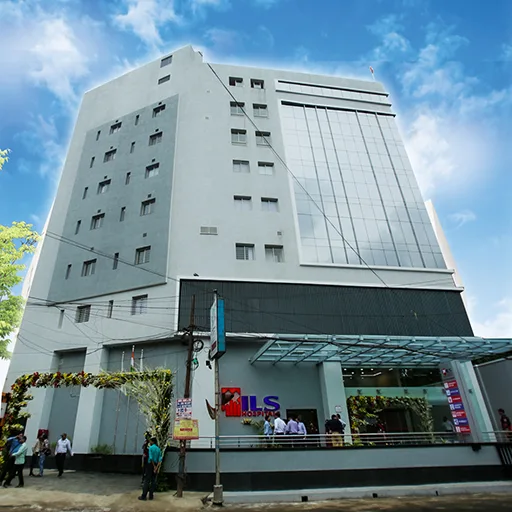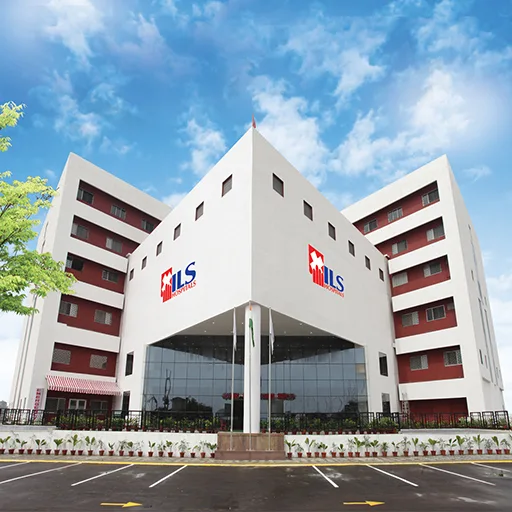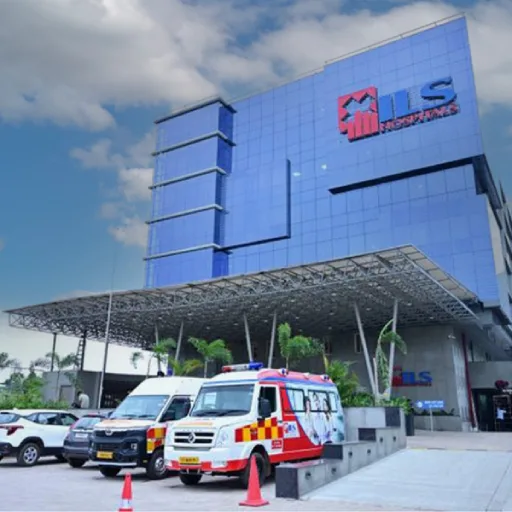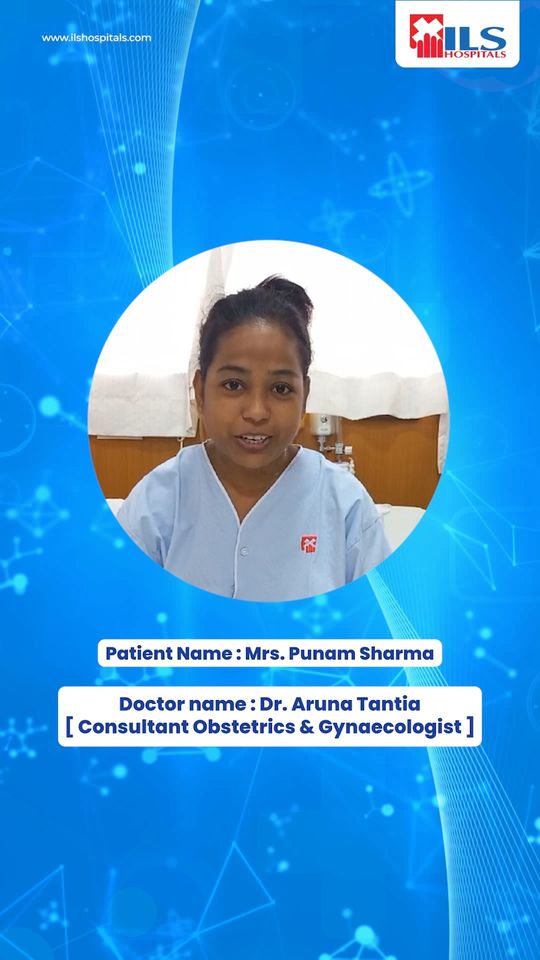Comprehensive Guide to Closed Reduction with Internal Fixation (CRIF)
Closed Reduction with Internal Fixation (CRIF) is a surgical procedure performed to realign fractured bones in the leg, ankle, or foot without making an incision directly over the break. In this procedure, healthcare providers use various methods and fixation devices like pins, wires, rods, nails, and metal plates to hold the bone fragments in their correct positions.
Preparation for CRIF Surgery
Your healthcare provider will provide specific instructions to prepare for CRIF surgery. These instructions may include:
- Fasting: You may be instructed not to eat or drink anything after midnight on the night before the surgery.
- Medication: Your healthcare provider will advise you on which medications you should or should not take on the day of the surgery.
During CRIF Surgery
The CRIF procedure can be performed under local or general anesthesia:
- Local Anesthesia: Local anesthesia is administered to numb the specific area where the surgery will take place. While under local anesthesia, you will remain awake or lightly sedated during the surgery. You may feel pressure or pushing but should not experience pain.
- General Anesthesia: General anesthesia keeps you asleep throughout the surgery and ensures you are pain-free. If you receive general anesthesia, you might also receive antibiotics intravenously (IV) to reduce the risk of infection.
During the surgery, your healthcare provider will use X-ray images to guide them in aligning the broken bones correctly. Once the bones are properly positioned, various fixation devices may be employed:
- Pins and Wires: These are used to secure the bones in place.
- Flexible Nails or Rods: In some cases, flexible nails or rods may be inserted.
- Metal Plates: Metal plates may be required to hold the bones in their correct positions.
If an incision is made, it will be closed with stitches, and your leg or foot will be immobilized with a splint or half-cast to prevent movement and promote proper bone healing.
Post-CRIF Surgery
After the CRIF surgery, you will be closely monitored until you are fully awake. You may receive instructions on how to use crutches to aid in mobility. It’s common to experience numbness for up to 6 hours after the surgery, so taking prescribed pain medication before the numbness subsides is essential.
As the swelling diminishes, you may require a full cast. Once the bone has fully healed, your healthcare provider may remove any pins, wires, and screws. You will likely be recommended to undergo physical and occupational therapy to regain strength and maintain a complete range of motion in the affected leg. Sometimes, therapy is needed even after the bone has healed.
Risks of CRIF Surgery
While CRIF is generally a safe and effective procedure, there are some associated risks, which may include:
- Infection: Infections can occur in the surgical site.
- Excessive Bleeding: Some individuals may experience more bleeding than expected.
- Allergic Reactions: In rare cases, allergic reactions to the devices used in the procedure can occur.
- Device-Related Complications: Fixation devices may potentially cause fractures in other parts of the bone, move, or break.
- Improper Healing: The bone may not heal properly.
- Skin and Tissue Irritation: Fixation devices may irritate the skin and surrounding tissues.
- Additional Surgery: There may be a need for another surgery to address complications or device-related issues.
- Nerve, Muscle, Tendon, or Blood Vessel Damage: During CRIF, these structures can be damaged.
- Limited Range of Motion: You may not achieve full range of motion in the affected leg.
It’s important to discuss these risks with your healthcare provider and carefully follow their post-surgery instructions to minimize potential complications.
In conclusion, Closed Reduction with Internal Fixation (CRIF) is a surgical procedure designed to realign fractured leg, ankle, or foot bones without the need for an incision directly over the fracture. The procedure employs various fixation devices, and successful recovery requires following post-operative care instructions and possibly participating in therapy to regain strength and mobility in the affected limb. While complications are rare, it’s crucial to be aware of potential risks and consult with your healthcare provider for any concerns or unusual symptoms during the recovery process.















































